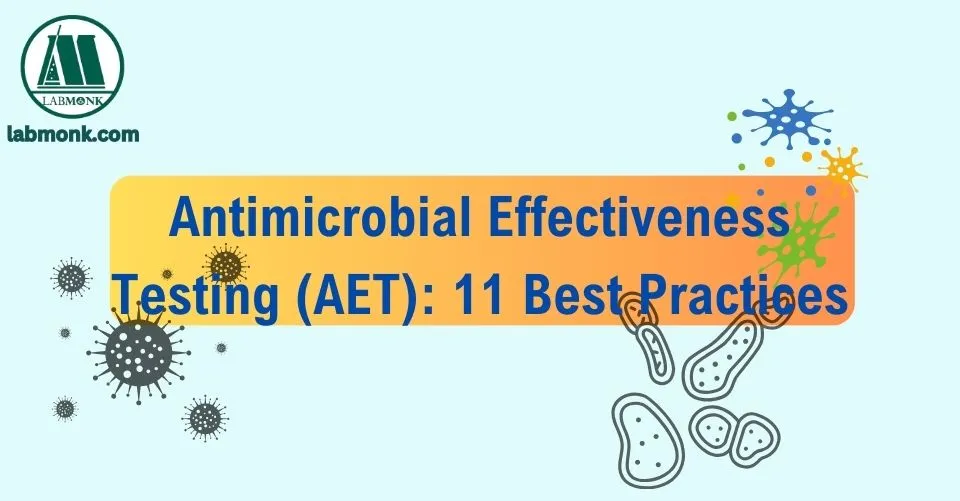Table of Contents
One of the vital components to consider at the time of product development is ensuring product safety. Antimicrobial preservatives are the elements of formulations that protect them against microbial contaminants that might have been introduced at the time of manufacturing or at the time of use by the consumer.
The preservatives used in any formulations help protect the customer from getting exposed to contaminants and maintain the integrity of the product all through its shelf life. Microbial contamination also affects the aesthetics and odor, resulting in product recalls which affect the brand identity.
Antimicrobial effectiveness testing (AET) also called preservative effectiveness testing is a microbial challenge process executed to find out the robustness of the preservative. It makes sure the preservative present in the product or the antimicrobial action that is generated by the product properties, is enough for combating the microbial introductions.
There are several methods available for carrying out this testing which include USP <51> Antimicrobial Effectiveness Testing – Evaluation of the Antimicrobial Protection of a Cosmetic product and Personal Care Products Council methods M3 – M7.
Why Antimicrobial Effectiveness Testing (AET) is an Incredible Product Development Tool?
USP 51 Antimicrobial effectiveness testings are done to determine how safe sterile, multiple-used drug products are that are subjected to repeat withdrawal of dose like cough syrup, personal care products and also cosmetic products. Repetitive use of products like make-up formulations, and eye and lip care products are prone to intrusions by microbes.
AET is also needed for determining whether any product needs assessment to find whether it is susceptible to microbial growth. The pH of the product, water activities along the preservative action of the raw materials often help in preventing microbes from thriving, removing the requirements of preservatives.
If any product shows an environment that is favorable to microbial growth, there is a requirement for preservatives to sustain the product safety and thus, an AET evaluation for verifying the preservative effectiveness.
AETs have also importance in stability study protocols. They are performed during the initiation of the stability study and during the final time point of the study. It is done to prove that the antimicrobial is efficient for the whole shelf life of any product. Extra time points might be added at the time of the stability study to generate more conclusive data.
If you are a student or a researcher, you can visit us at labmonk.com. You can search for practical procedures for your subject.
 |
 |
Click the page numbers below to read more on this topic.

